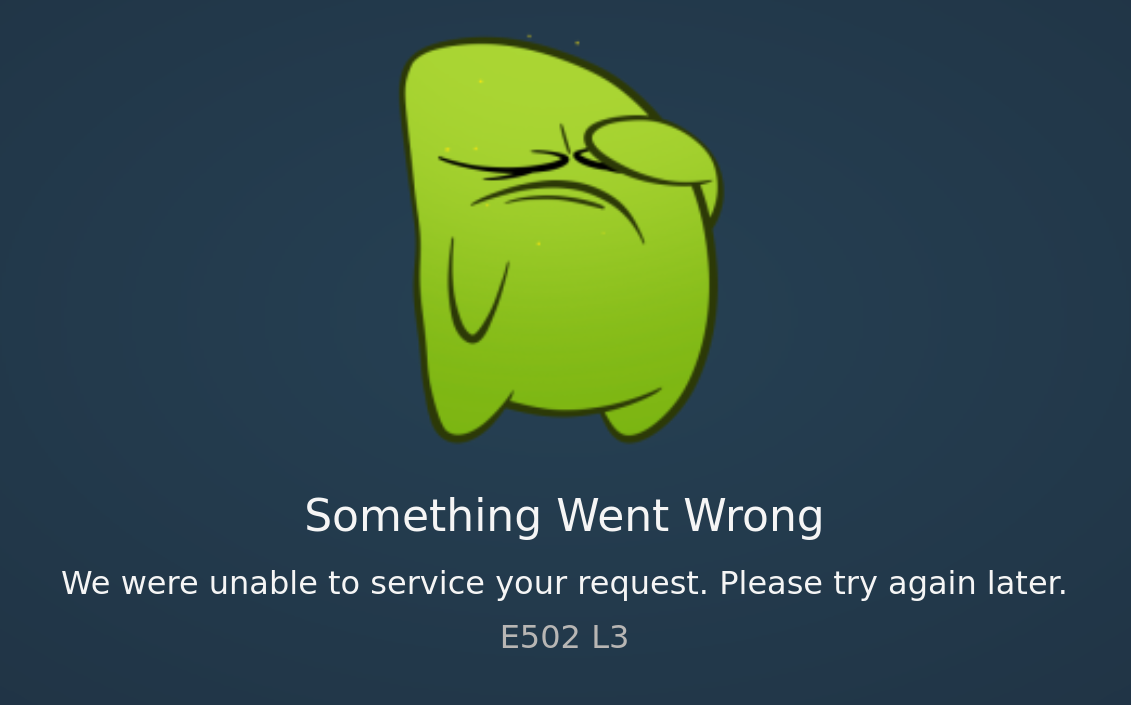They may block IP addresses associated with consumer ISPs. Assuming that's the case, I would guess you're seeing that as an HSTS/TLS error because their network is trying to trick your browser into redirecting to/displaying an error page hosted by some part of their network.
azdle
Hey, this might be something I'm interested in, but I'm not sure because there aren't many details in your readme.
Some questions I'd suggest you answer in the readme:
[Edit: after looking through the code quickly, some of my questions probably don't male sense because this seems to be an alerting style monitoring tool, not a observability style monitoring tool. Answering my own questions for others that are curious:]
What does it monitor?
[Disk space and CPU use]
What is the interface? Web? It does compare itself to grafana, so maybe. TUI? Maybe that's what makes it more light weight?
[It doesn't have one, it sends telegram messages when alarm thresholds(?) are hit.]
Does it only work on Debian? If not, are there deps that are required that are installed as dependencies of the deb?
[Looks like it should work anywhere, the 'watchers' use the nix crate and read procfs, so I assume that means it should work anywhere without depending on anything besides the Linux kernel.]
Is there history or is it real time only?
[Realtime only, well I guess there's the telegram history.]
What does it look like? (Honestly, a screenshot could possibly answer most of these questions and a whole lot more.)
[It doesn't look like anything. There's no screenshot because there's nothing to screenshot.]
[edit: To be clear, I assume the part that OP is not sure if it's satire or not is "or switching to a more privacy-conscious browser such as Google Chrome."] The emphasis in
Firefox is worse than Chrome
is in the original. To me that clearly implies that they are of the opinion that in general Google & Chrome are worse on privacy than Mozilla & Firefox. The comment at the end is just tongue in cheek snark alluding to the fact that in this particular case google did better for privacy in Chrome than Mozilla in Firefox.
or switching to a more privacy-conscious browser such as Google Chrome.
Definitely satire, the context from earlier:
- Firefox is worse than Chrome in their implementation of ad snitching, because Chrome enables it only after user consent.
Unless you're working with people who are too smart, then sometimes the code only explains the how. Why did the log processor have thousands of lines about Hilbert Curves? I never could figure it out even after talking with the person that wrote it.
C was originally created as a "high-level" language, being more abstract (aka high-level) than the other languages at the time. But now it's basically considered very slightly more abstract than machine code when compared to the much higher level high-level languages we have today.
I am still interested to know the details of how they came to this decision. Why Signal instead of Matrix.
AFAIK, signal doesn't federate, There is no "signal server-to-server" protocol. When people say "The Signal Protocol", they are talking about a cryptographic protocol, not a network protocol.
As for why they wouldn't use Matrix, I would assume it's just too heavy of a protocol for the scale they operate at. IIRC, Matrix isn't just a chat protocol. It's a multi-peer cryptographic state synchronization protocol. Chat is (was?) just the first "easy" application they were going to apply it to. (Now I'm curious if they still have plans for that at some point.) They've been making great strides in improving the efficiency, at least in the client-server API (I haven't been paying attention to the server-server API at all), but it's still going to be a heck of a lot more compute heavy than whatever custom API they're providing.
I've never been an SRE nor had to deal with super demanding giant corporate customers, but that seems exceptionally insane.
Serious suggestion: would the terms of your SLA allow you automate those emails to customers? Then you'd only have to actually deal with replies from customers. (Who I assume aren't replying in the middle of the night.)
Anyone know if there is an explanation for how they determined the "meets goal"/"doesn't meet goal" the "Comparison of options" slide from the plan link?
I don't understand how the transit option "doesn't meet" the transit goal, but the car option does. Also, why the cars option is ranked better for the bicycle and pedestrian goals. That doesn't make any sense to me.
Also, Half-Life 3 confirmed?


Yeah.